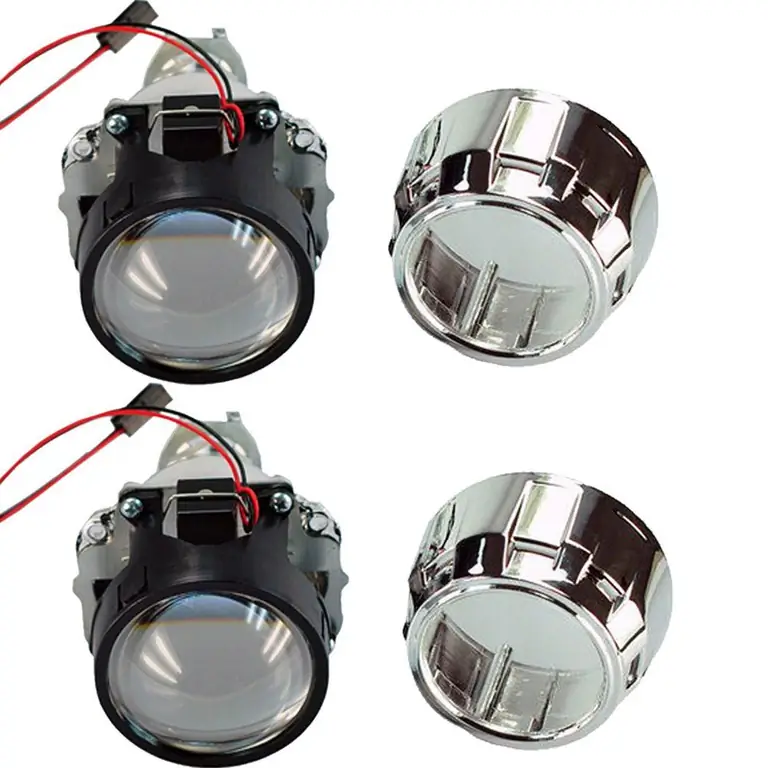2025 Author: Erin Ralphs | [email protected]. Last modified: 2025-01-22 21:14:09
If you are a happy owner of a Gazelle car and notice that the free play (number of clicks) of the parking brake lever is extremely increased, this information will come in handy. There are malfunctions in the car that do not affect the speed, but have no less important functions.
In general, in Soviet-Russian trucks, a handbrake with a mechanical drive is something abstract and is never remembered until the time comes to use it and the question arises of how to spread the pads on the Gazelle.
What is the parking brake for
Experienced drivers won't argue, a handbrake is needed. Yes, they should not be used in the off-season, when the thermometer is equally likely to be above and below zero. But, for example, in case of failure of the working brake system, all hope, first of all, falls on the parking brake and only then - on engine braking. In case of failure of both systems in especially emergency situations, one should not neglect such “means” of braking as a snowdrift or bushes.

As the rear brake pads wear out, the effectiveness of the handbrake decreases. It is him, since the service brakes do not lose their ability. On the contrary, the pedal becomes more informative, and the braking itself is smoother. The solution is simple - learn how to properly spread the pads on the Gazelle, and then tighten the handbrake cable.
This operation is not difficult and any driver can perform it. If you are not confident in your actions, then you need to contact the specialists.
How to breed pads on the "Gazelle"

The sequence of actions is as follows:
- Put the vehicle on a flat, level surface (ideally a pit or lift).
- Place wheel chocks under the front wheels.
- Set the gearshift lever to the neutral position, the handbrake is lowered, hang the adjustable wheel.
- From the inside of it, remove the two rubber plugs. The lower one is for visual control of the gap between the pads and the drum, as well as their condition. Upper - hides the locking eccentric.
- Use a 17 mm socket wrench or a sufficiently bent ring wrench to loosen the lock nut. Then rotate the eccentric with a 9 mm socket wrench, visually controlling the gap between the pads and the drum. Find the "sweet spot" where the clearance is minimal but the wheel spins easily.
- Tighten the lock nut, check again for easy rotation, reinstall the plugs. Job half done.
Final stage
Repeat all of the above with the other wheel. Don't take the plugs lightly: if they are not installed, mud, sand and water will make the next repair not as easy as this one.
It remains to tighten the handbrake drive. The optimal stroke of the parking brake lever is 8-10, but not more than 15 clicks until a confident tightening. That, in fact, is all.
Recommended:
Noise isolation "Chevrolet Niva": step-by-step instructions with a description, materials used, reviews

The car "Chevrolet Niva" replaced the VAZ 2121 and its modifications, as a more advanced model. Having retained the excellent off-road characteristics of the Niva 4x4 and having acquired a new appearance, he began to be in demand among people who value comfort. Along with the improvements, a number of shortcomings inherent in domestic cars migrated to the new model. Including noise in the cabin. This article will tell you how to make soundproofing of the Chevrolet Niva
Do-it-yourself tuning "IZH Jupiter-5": interesting ideas and step-by-step description

Do-it-yourself tuning "IZH Jupiter-5": recommendations, features, photos, ideas. Tuning the motorcycle "IZH Jupiter-5": a step-by-step description, forcing, useful tips
Replacing the rear pads on the "Prior": step by step instructions, features, tips

Nothing lasts forever in a car - many parts are consumables. The same applies to the rear brake pads. During the operation of the car, they will certainly wear out. Periodically check their condition and replace if excessive wear. Let's see how the replacement of the rear pads on the Priore is done. Every car enthusiast can cope with this task
How to check the temperature sensor: description, step-by-step instructions and recommendations

The operation of the motor and other vehicle systems is controlled by certain sensors. They are located in different parts of the system. How to check the temperature sensor of the coolant, air and other control devices will be discussed in the article
Installing lenses on car headlights: types of lenses, description, step by step instructions

Any car owner dreams of improving his "iron horse", giving it originality and style. Tuning standard optics is the most obvious and affordable step towards individuality. Consider the types and features of mounting lenses on car headlights

